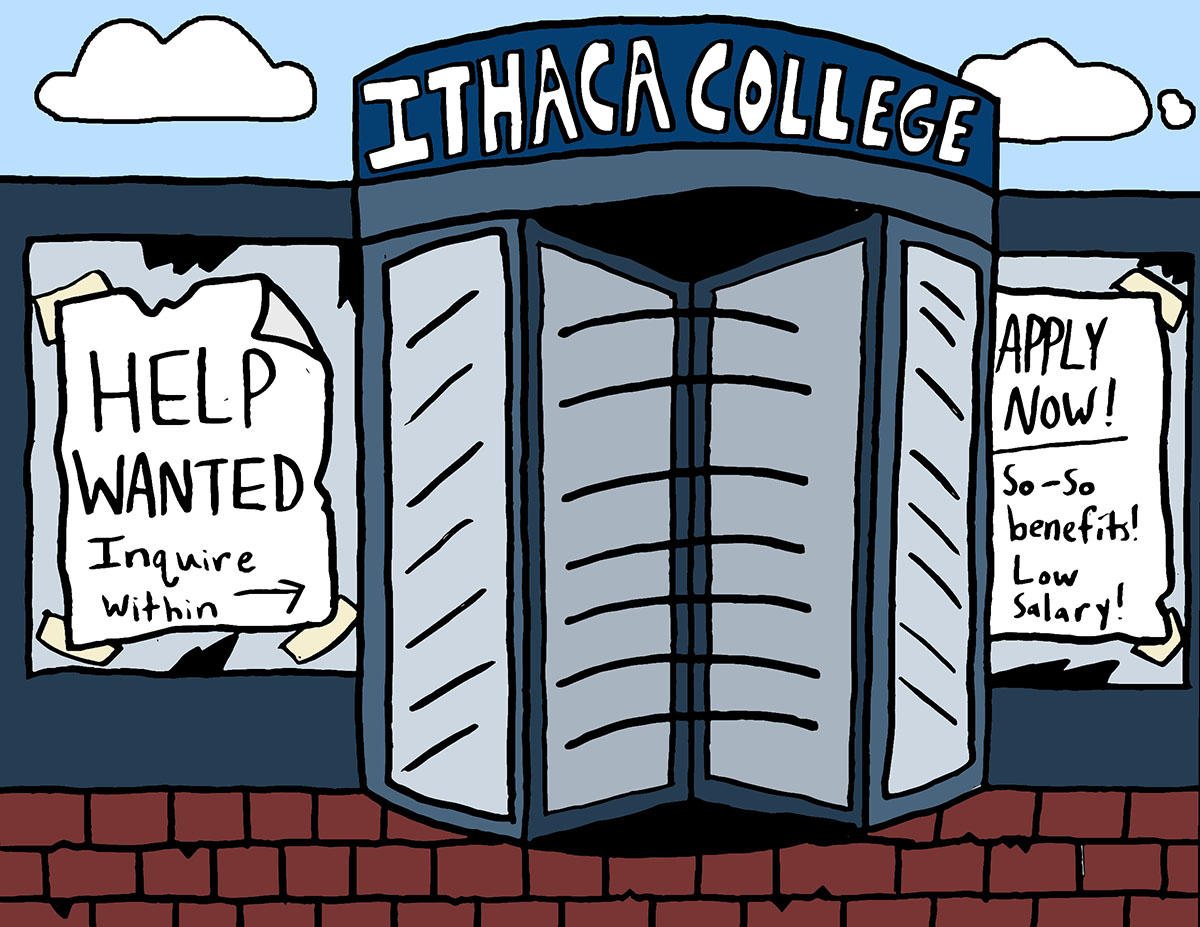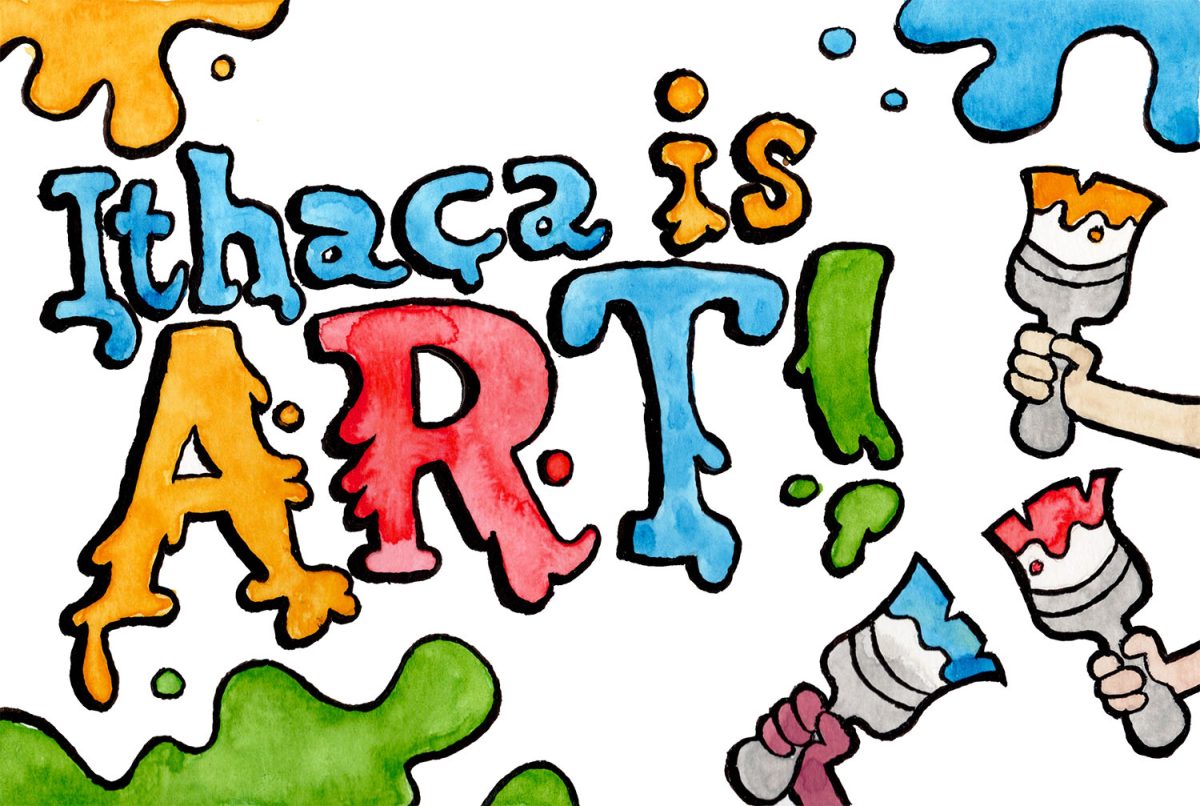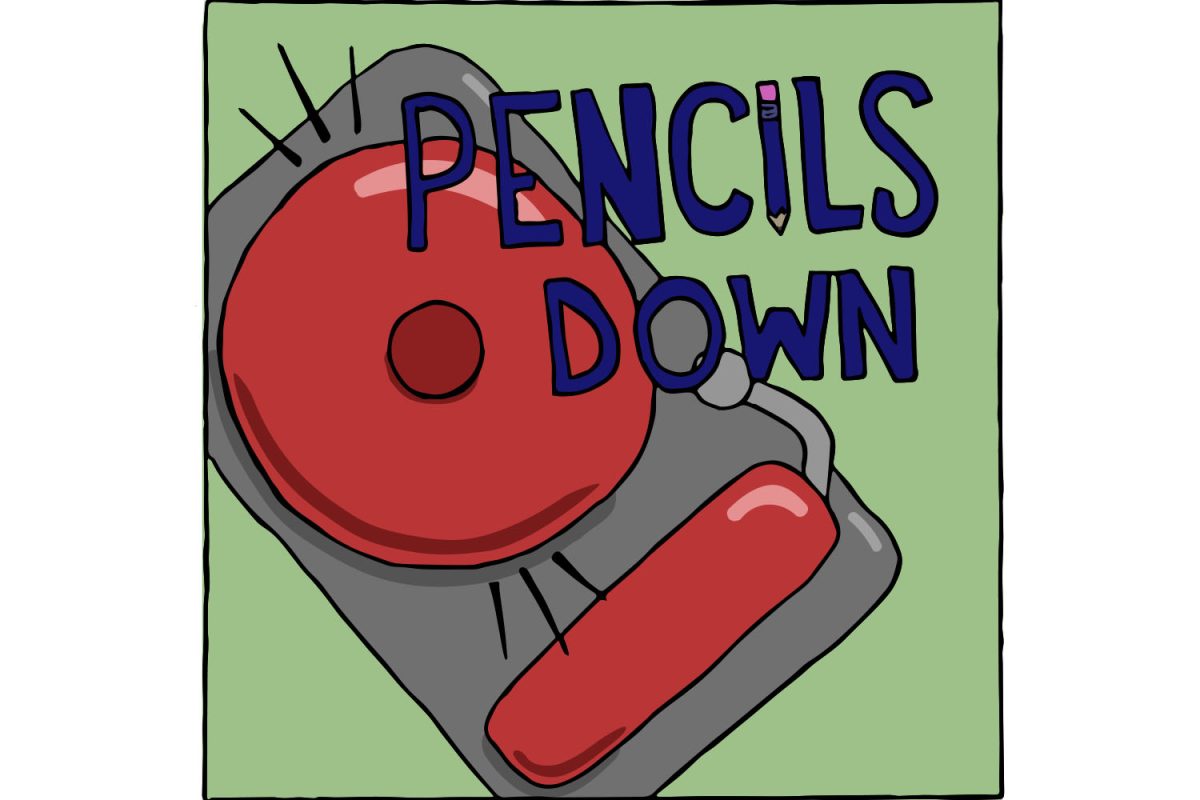The newspaper industry is dying. Many local newspapers have closed down or significantly downsized their staff in the past decade, and our own community newspaper, The Ithaca Journal, is no exception.
With only one reporter left on the entire paper, the Journal’s ability to adequately cover the community has greatly shrunk. Important investigations that may require more research and time could be brushed aside because the publication no longer possesses the means to cover them. Certain beats, such as city council and the police department, which were covered by dedicated reporters, are now operating without a strong check from the fourth estate to root out wrongdoing.
This affront to local journalism may seem like an unstoppable trend given the lack of advertising and money flowing to these publications. But there is a more deeply rooted problem that should be reversed: a withering commitment to community journalism. Local journalism is oftentimes the backbone to coverage done by national media behemoths, such as the New York Times and the Washington Post. These national outlets rely on local publications for certain stories or breaking news in areas such as Ithaca that may be inaccessible to national reporters. The issues community journalists cover are the ones most immediately impacting our daily lives.
There must be a shift in where local outlets receive their funding, and it involves reviving this commitment. Advertising is clearly not providing enough financial support to outlets like the Journal; however, large and small publications throughout the country have proven that a donation model can be sustainable. National media like Democracy Now! and The Nation Institute, as well as local outlets like Ithaca’s own independent radio station, WRFI, rely on reader support rather than advertising.
These outlets are also free from corporate models, such as Gannett Company, that prioritize maintaining profit margins despite falling ad revenue, forcing local branches to lay off employees to compensate. A less-corporatized and independent model is becoming a more efficient structure for community journalism.
This shift in funding, of course, means that people in the community and beyond must support community journalism through monetary donations or by purchasing subscriptions. Such funding would provide local outlets, like The Ithaca Journal, the ability to connect to the community and uncover important stories without having to hold themselves accountable to corporate advertisers.
The unfortunate truth is that journalism is not free. Newspapers and news sites need some type of monetary funding to survive, and reader-based donations and subscriptions are growing as a more ethical way to fund the fourth estate. Supporting local journalism allows reporters to uncover corruption and connect with the community. The influence of community journalism cannot be overlooked, as the local area — and the larger national media model by extension — cannot adequately function without it.












